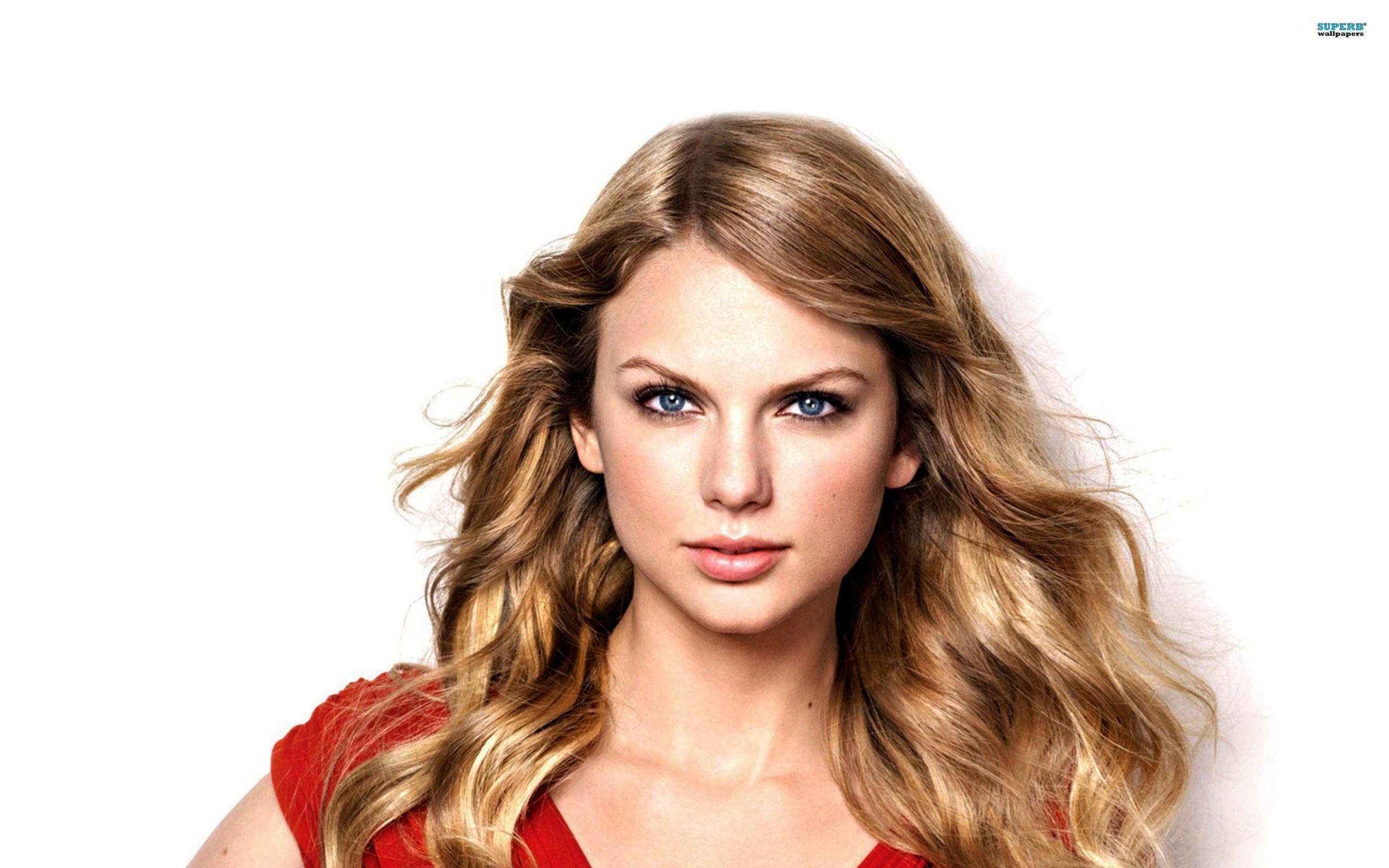
The news of Regis Philbin’s passing on a quiet Saturday, a mere month shy of his 89th birthday, sent a ripple of profound sadness through the homes of millions who had welcomed him into their lives daily. Described by his family as possessing a “legendary sense of humor, and his singular ability to make every day into something worth talking about,” Philbin was, for six decades, a constant and comforting presence on the small screen, a true household name whose less-polished familiarity seemed more akin to a trusted neighbor than a distant celebrity.
Indeed, the iconic TV host, actor, singer, and all-around media personality was once aptly dubbed “the hardest working man in showbiz.” This wasn’t merely a catchy epithet; it was a testament to a career of astonishing breadth and endurance. His family and friends, in their statement to People, expressed their gratitude for “his warmth, his legendary sense of humor, and his singular ability to make every day into something worth talking about,” acknowledging the incredible support from his fans and admirers across a remarkable 60-year career.
As the world remembers Regis, we embark on an in-depth journey through the defining moments and incredible achievements that cemented his place in television history, peeling back the layers of a life lived vibrantly, energetically, and with an unyielding commitment to connecting with his audience. His was a career built on authenticity, adaptability, and an unshakeable work ethic that saw him navigate the ever-evolving landscape of media with characteristic charm and vigor.
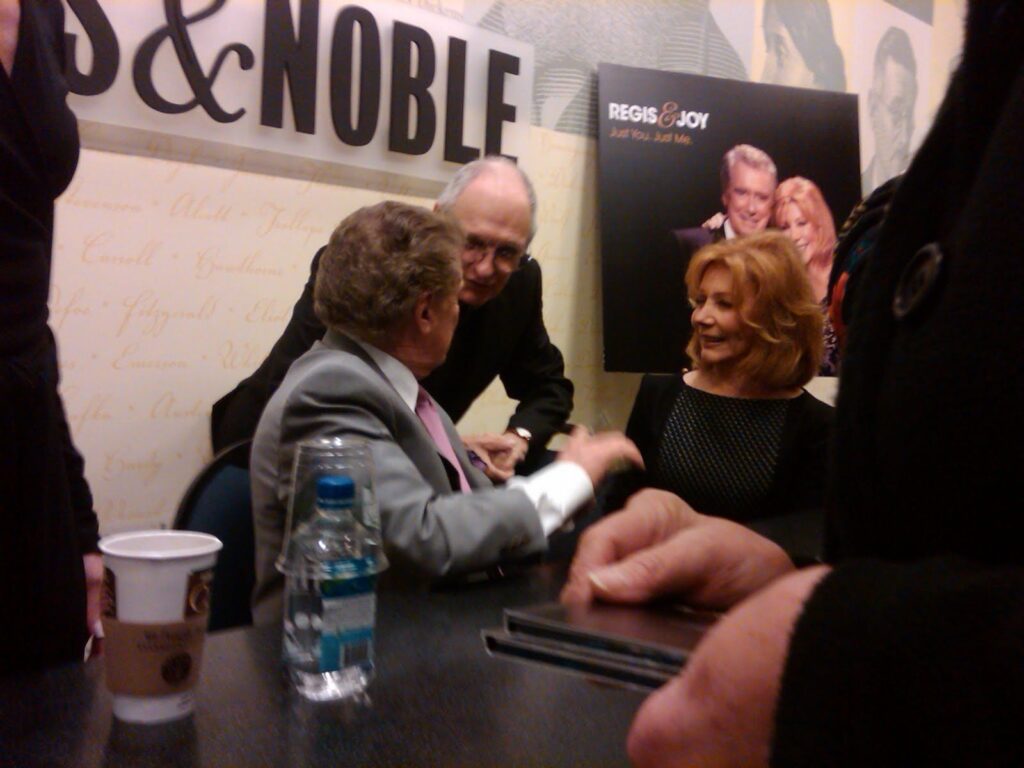
1. **Regis Philbin: The Undeniable ‘Hardest Working Man in Show Business’**The moniker “the hardest working man in showbiz” was not merely hyperbole when applied to Regis Philbin; it was a verifiable truth. His relentless dedication to his craft led him to set a Guinness World Record for the “Most Hours on Camera,” an astonishing feat that saw him surpass Hugh Downs on his August 20, 2004, *Live* show with a total of 15,188 hours. This record was subsequently updated multiple times, first to 16,100 hours in September 2008, then to 16,540.5 hours in 2009, and finally to 16,746.5 hours by September 2011.
This incredible accumulation of airtime speaks volumes about the sheer breadth and longevity of Philbin’s career. From radio shows to variety shows, game shows, lifestyle shows, and, of course, the talk show format that became his enduring legacy, Regis was a ubiquitous presence, constantly getting airtime. He bounced around in media, but consistently landed hosting gigs, a testament to his undeniable appeal and versatility in an industry known for its fickle nature. His capacity to host diverse formats, often simultaneously, underscores the remarkable energy he brought to every role.
His distinctive style, characterized by a “less-polished familiarity and brisk speaking style that seemed more neighborhood than Hollywood,” was a key factor in his pervasive presence. It was this relatability, this sense that he was just a regular guy sharing his life, that endeared him to millions and allowed him to maintain relevance and appeal across generations of viewers. He embodied a particular brand of American television personality, one built on genuine interaction and an authentic, often self-deprecating, charm that made him an irreplaceable fixture.

2. **From Page to Prominence: Philbin’s Formative Years in Television**Regis Philbin’s journey into the dazzling, yet demanding, world of television began far from the bright lights of national celebrity. His initial foray into Hollywood was in the 1950s, serving as a page for *The Tonight Show*, a humble start that belied the illustrious career that would follow. It was a classic trajectory, beginning with behind-the-scenes jobs in television and radio before eventually stepping into the spotlight himself.
His early career saw him work in local news and even host his own show, providing him with invaluable experience that shaped his unique broadcasting style. In 1961, he launched *The Regis Philbin Show* on KOGO-TV (now KGTV) in San Diego, where he also served as news anchor. This early venture proved to be a crucible, as budget constraints meant there was no writing staff. This seemingly limiting factor, however, birthed what would become his hallmark: the “host chat” segment.
Inspired by the legendary Jack Paar, Philbin would begin each show by engaging his audience in discussions about his own life and the day’s events, a spontaneous and intimate approach that was revolutionary for its time. This segment, born out of necessity, became the authentic, conversational style that defined his later success. While an attempt by Westinghouse Broadcasting in 1964 to syndicate *The Regis Philbin Show* nationally replacing Steve Allen ultimately fell short against the formidable ratings of Johnny Carson, it provided crucial lessons and further honed the distinctive on-air personality that would eventually captivate a nation.
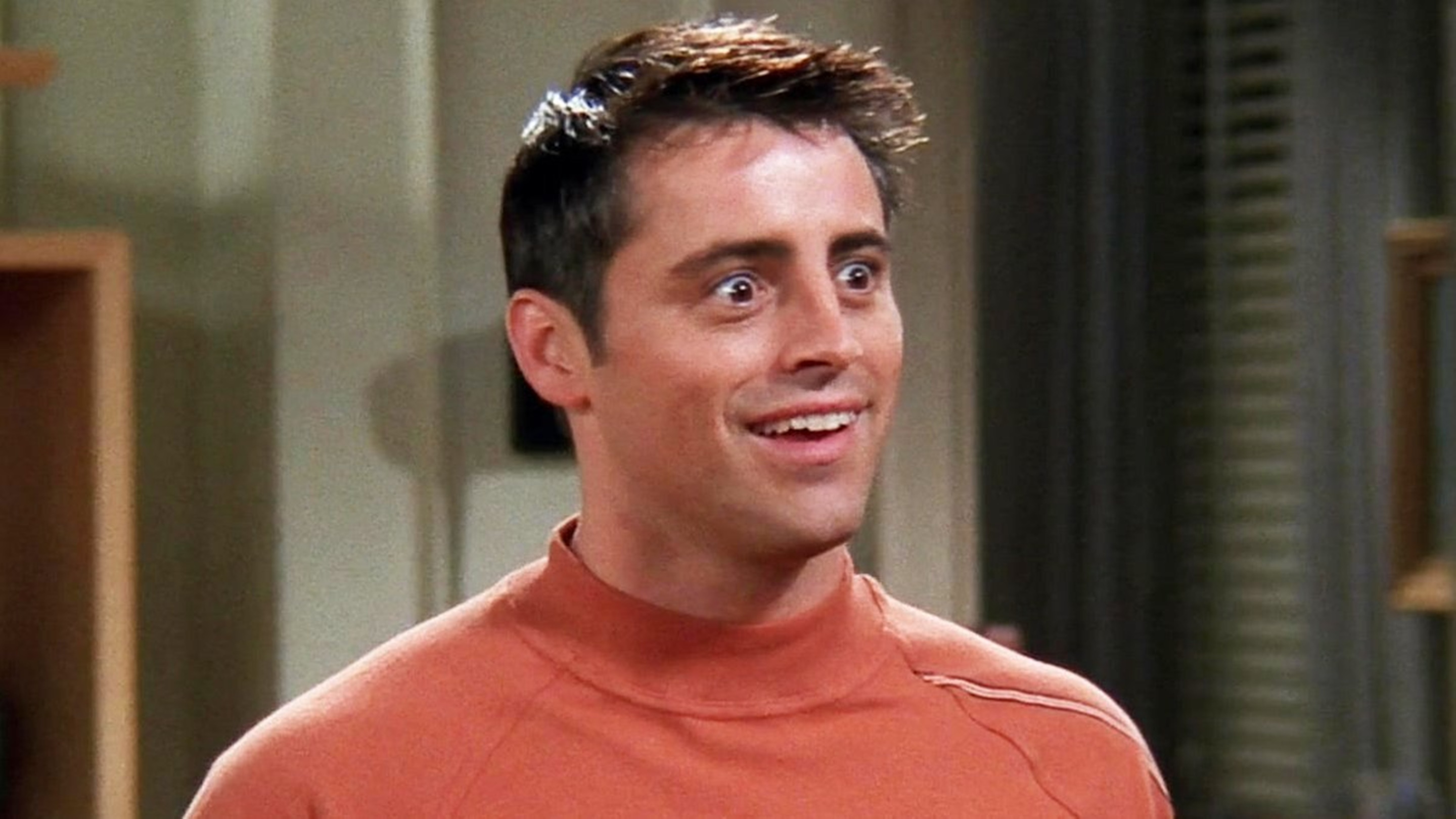
3. **The Joey Bishop Show: A Stunt That Launched a Legacy**Philbin’s first significant network television exposure arrived in 1967 when he joined *The Joey Bishop Show* as Bishop’s sidekick, a role he maintained until 1969. Operating in a dynamic reminiscent of Johnny Carson and Ed McMahon, Bishop would playfully tease Philbin, who, in turn, would absorb the good-natured barbs with practiced ease. This early network experience, however, was not without its dramatic turns, indicative of the unpredictable nature of live television.
A particularly memorable incident occurred in 1968, when Philbin, apparently hurt by network grapevine whispers that ABC executives were dissatisfied with his work and perceived “thick accent,” launched an unplanned diatribe during the show’s opening. He spoke of “not being wanted and letting down” the program, then abruptly quit on air. This sensational moment captivated viewers and sparked immediate speculation.
Yet, as Philbin himself would later reveal in his 1995 book, *I’m Only One Man!*, and reiterate in his 2011 memoir, *How I Got This Way*, this dramatic walk-off was, in fact, a carefully orchestrated publicity stunt planned beforehand by Bishop and Philbin. Their intention was to draw in some of Johnny Carson’s loyal viewership, a bold and calculated move in the cutthroat world of late-night television. When *The Joey Bishop Show* was ultimately canceled, Bishop returned the favor, walking off the show unannounced and leaving Philbin to carry the night solo, a full-circle moment in their intricate professional relationship.
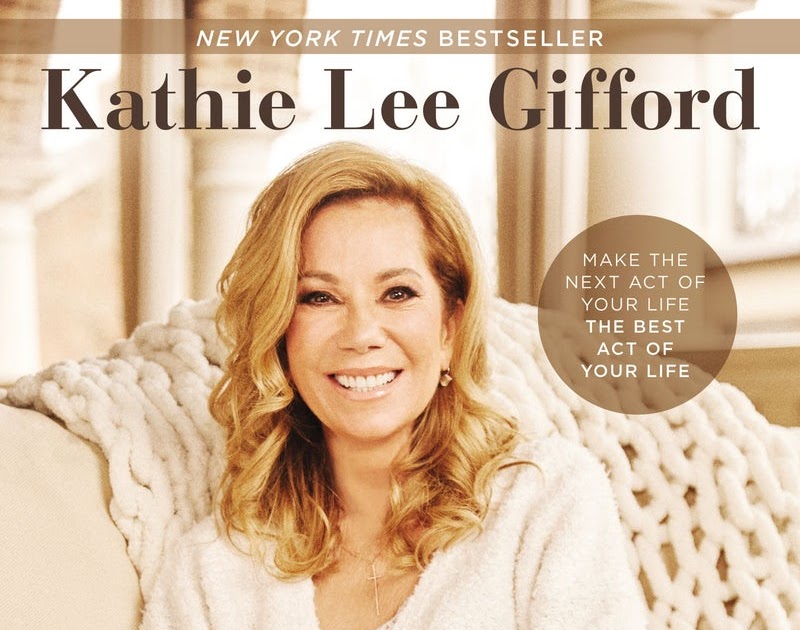
4. **’Live! with Regis and Kathie Lee’: A Morning Revolution**Following a period of diverse hosting gigs, including local morning talk shows like *A.M. Los Angeles* where his presence dramatically boosted ratings from the bottom to No. 1, Regis Philbin found his true calling in New York City. He rejoined former co-host Cyndy Garvey on *The Morning Show* on WABC-TV in April 1983. At the time, the 9 AM slot for WABC-TV struggled significantly with low Nielsen ratings, facing stiff competition from formidable syndicated programs.
The turning point came in June 1985 when Philbin was paired with Kathie Lee Johnson, who would later become Kathie Lee Gifford. This pairing ignited a spark that would redefine morning television. Their undeniable chemistry, a blend of Philbin’s spontaneous banter and Gifford’s effervescent personality, led to a significant improvement in ratings. The show’s localized success quickly garnered national attention, and on September 5, 1988, it was nationally syndicated as *Live! with Regis and Kathie Lee*.
The program’s success was immediate and widespread, replacing *A.M. Los Angeles* upon its cancellation in 1991 and eventually being picked up by almost all of ABC’s owned-and-operated stations, cementing its status as a daytime powerhouse. Even years after their on-air partnership concluded, the bond remained, as Kathie Lee Gifford recently reflected on the “Today” show about a precious final lunch with Regis and his wife, Joy, at her Connecticut home, noting how grateful she was for that last, laughter-filled encounter, remembering Joy’s words: “Kathie, he hadn’t laughed in a long, long time.”

5. **The Reign with Kelly Ripa: A New Chapter for ‘Live!’**The departure of Kathie Lee Gifford in 2000 marked the end of an era for *Live!*, and the show temporarily rebranded as *Live! with Regis*. During this transitional period, Philbin, ever the consummate host, welcomed a series of guest co-hosts as the search for a permanent replacement commenced. It was a challenging time, but Regis navigated it with his characteristic aplomb, earning a well-deserved Daytime Emmy Award for Outstanding Talk Show Host in 2001 for his singular efforts.
The landscape of morning television was forever changed again in February 2001 with the selection of Kelly Ripa as the permanent co-host, and the show was appropriately renamed *Live! with Regis and Kelly*. The dynamic between Philbin and Ripa proved to be an instant and resounding success, building upon the show’s established format while injecting fresh energy and humor. Their chemistry was palpable, a testament to Regis’s unique ability to foster engaging on-air partnerships.
The show continued to enjoy high ratings, demonstrating Philbin’s enduring appeal and his knack for creating compelling, conversational television. One of the most poignant and memorable moments of their tenure occurred shortly after their show went to air on September 11, 2001. Philbin and Ripa found themselves reacting in real-time on live television as the second plane crashed into the south tower of the World Trade Center and its subsequent collapse unfolded, a raw and unforgettable broadcast that captured the gravity of the moment for a shocked nation.
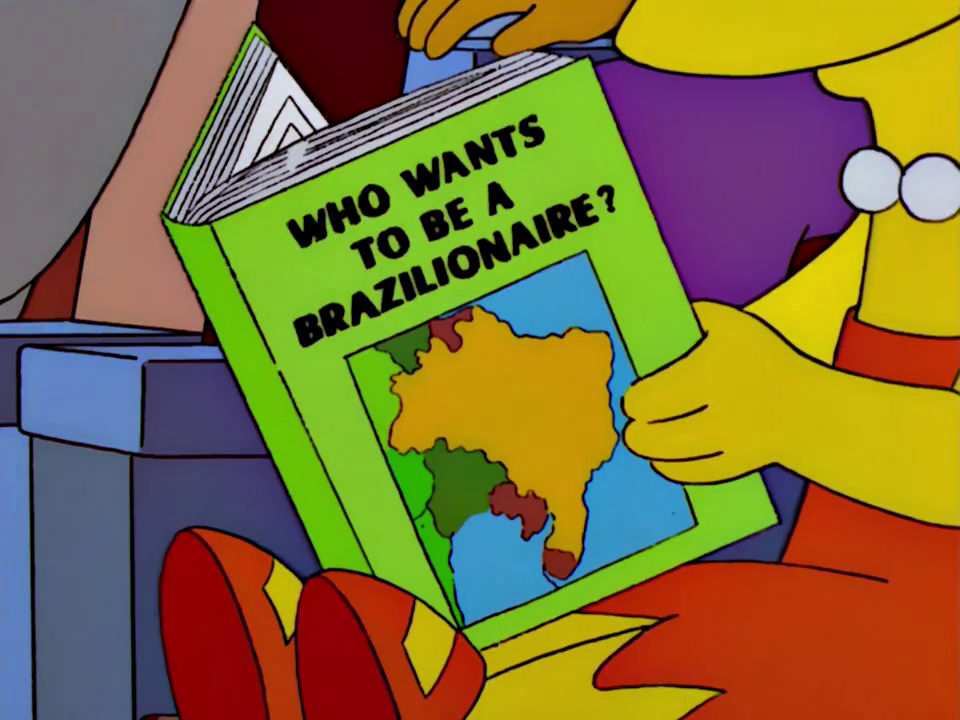
6. **’Who Wants to Be a Millionaire’: Prime Time’s Unexpected King**Beyond the familiar comfort of morning talk, Regis Philbin also conquered the prime-time landscape as the original host of the wildly popular U.S. version of *Who Wants to Be a Millionaire*. Debuting in 1999, the ABC game show, with its origins in Britain, was initially conceived as an occasional special series. However, its immediate and massive ratings success transformed it into a regular, highly frequent series, captivating audiences across the nation and making it the most-watched prime-time series of the 1999–2000 U.S. television season.
Philbin’s authoritative yet empathetic hosting style was instrumental to the show’s phenomenon. He expertly built suspense with his distinctive questioning, culminating in the now-iconic catchphrase, “Is that your final answer?” This phrase, adopted from the original U.K. host Chris Tarrant, became synonymous with Philbin and the show, embedding itself into the cultural lexicon. His performance earned him a Daytime Emmy Award for Outstanding Game Show Host in 2001, and in 2007, *Time* magazine fittingly listed him among the 15 Best Game Show Hosts in History.
Even after the show’s initial run concluded in 2002 and was retooled for syndication, Philbin’s connection remained strong. He returned to host *Who Wants to Be a Super Millionaire* in February 2004 and again for an 11-episode special celebrating the show’s 10th anniversary in August 2009. His tenure also notably influenced men’s fashion, popularizing a “monochromatic look” emphasizing color over pattern in suits, shirts, and ties, a style so iconic it briefly inspired a short-lived Van Heusen clothing line called ‘Regis.’



